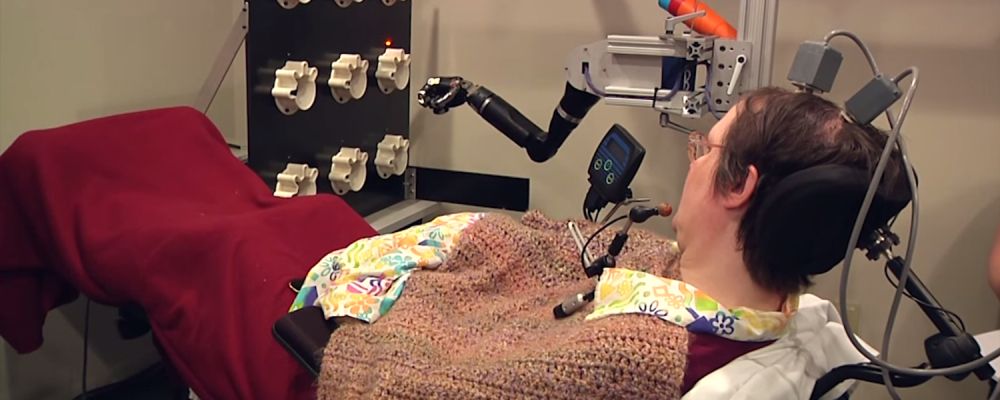Jan 18, 2015
How Aldebaran Robotics Built Its Friendly Humanoid Robot, Pepper
Posted by Seb in category: robotics/AI
By Erico Guizzo — IEEE Spectrum
The robot seems determined to put a bigger smile on the man’s face. “Are you smiling from the bottom of your heart?” it asks. The man chuckles. “That’s what I’m talking about,” the robot quips in a high-pitched voice. Then, just for good measure, it bows its plastic head and apologizes for being “too bossy to our CEO.”
The CEO is Masayoshi Son, founder and chairman of telecom giant SoftBank and Japan’s richest person. As such, he has overseen the development of hundreds of new products as part of a vast conglomerate of mobile-phone carriers, Internet ventures, and media companies. But last June, at a press conference outside Tokyo, Son climbed onstage to unveil a pet project: a humanoid robot named Pepper. Designed to be a companion in the home, it is the world’s first full-scale humanoid to be offered to consumers. In February, SoftBank plans to start selling it in Japan for 198,000 yen (less than US $2,000), plus a monthly subscription fee. Taiwanese electronics manufacturer Foxconn, known for building iPhones and iPads for Apple, will produce the robots.
 By Erico Guizzo — IEEE Spectrum
By Erico Guizzo — IEEE Spectrum


 By
By 

 By Singularity University
By Singularity University








